Library
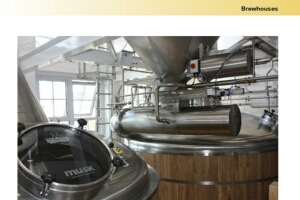 IBD Membership Required
IBD Membership Required
Beyond the beautiful ... A look at the modern brewhouse
By: Dave Thomas
01/06/2014
“I would like to think that a brewhouse has to be beautiful and I don’t want to find out that you can do it with a brewhouse that was not.” This oft-repeated quotation is from Fritz Maytag of Anchor Brewery in San Francisco.
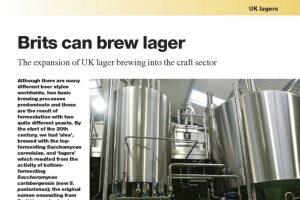 IBD Membership Required
IBD Membership Required
The expansion of UK lager brewing into the craft sector
By: Ian Hornsey
01/06/2014
Although there are many different beer styles worldwide, two basic brewing processes predominate and these are the result of fermentation with two quite different yeasts. By the start of the 20th century, we had ‘ales’, brewed with the topfermenting Sacchomyces cerevisiae, and ‘lagers’ which resulted from the activity of bottomfermenting Saccharomyces carlsbergensis (now S. pastorianus); the original nomen emanating from Emil Hansen’s classic work in Copenhagen.
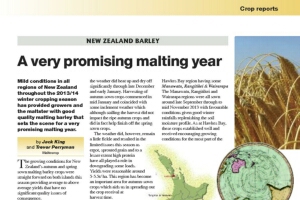 IBD Membership Required
IBD Membership Required
SOUTHERN CROP REPORTS
By: Trevor Perryman, Jack King, Ulrike Sadewasser, Tobie van Rensburg, Frikkie Lubbe, Ken Saint, Doug Donelan, Tim Lord, Linda Pretorius
01/06/2014
A round-up from south of the Equator, here are our annual summaries of malting barley and hop crops in South America, South Africa, Australia and New Zealand.
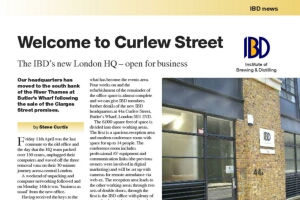 IBD Membership Required
IBD Membership Required
The IBD’s new London HQ – open for business
By: Steve Curtis
01/06/2014
Our headquarters has moved to the south bank of the River Thames at Butler’s Wharf following the sale of the Clarges Street premises.
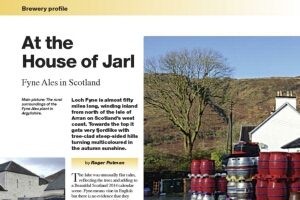 IBD Membership Required
IBD Membership Required
At the House of Jarl - Fyne Ales in Scotland
By: Roger Putman
01/06/2014
Loch Fyne is almost fifty miles long, winding inland from north of the Isle of Arran on Scotland’s west coast. Towards the top it gets very fjordlike with tree-clad steep-sided hills turning multicoloured in the autumn sunshine.
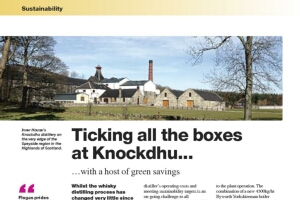 IBD Membership Required
IBD Membership Required
Ticking all the boxes at Knockdhu ...
01/06/2014
Whilst the whisky distilling process has changed very little since Knockdhu distillery was founded in 1894, the financial and environmental costs of producing the spirit today have changed enormously.
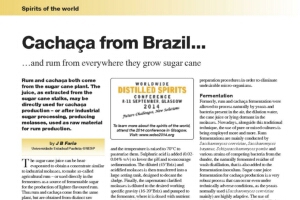 IBD Membership Required
IBD Membership Required
Cachaça from Brazil ...
By: J B Faria
01/06/2014
Rum and cachaça both come from the sugar cane plant. The juice, as extracted from the sugar cane stalks, may be directly used for cachaça production – or after industrial sugar processing, producing molasses, used as raw material for rum production.
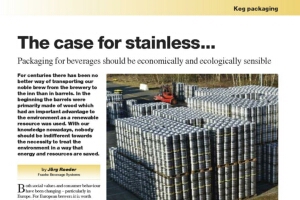 IBD Membership Required
IBD Membership Required
The case for stainless ...
By: Jörg Roeder
01/06/2014
For centuries there has been no better way of transporting our noble brew from the brewery to the inn than in barrels. In the beginning the barrels were primarily made of wood which had an important advantage to the environment as a renewable resource was used. With our knowledge nowadays, nobody should be indifferent towards the necessity to treat the environment in a way that energy and resources are saved.
Some of the content requires an active membership to view.
You can find out more here
Some of the content requires an active membership to view.
You can find out more here
